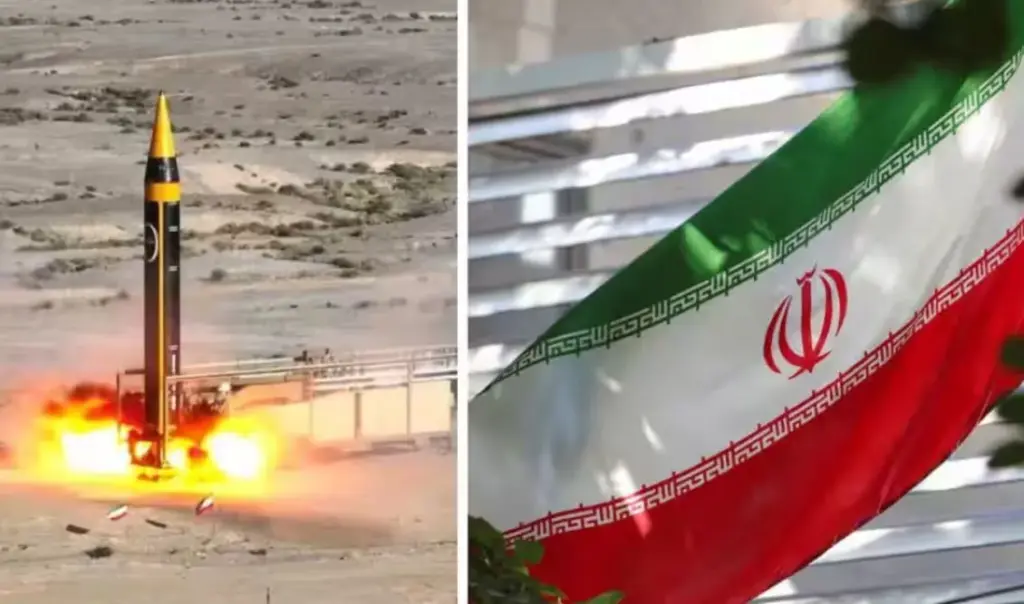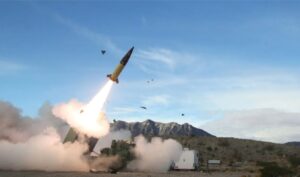The gunfire has stopped echoing between Israel and Tehran and attention has shifted from Iran’s nuclear program to the Gaza ceasefire plan. However, there is an issue that cannot be overcome but could serve as a spark that will reignite new conflict. From the moment the US decided to participate in the military operation against Iran, using special bombers to strike Tehran’s nuclear facilities, a broad discussion opened about whether the nuclear capabilities have been eliminated and what is happening with uranium enrichment. The accusations Iran faces for violating the nuclear treaty, with uranium enrichment, are a long and bitter story. Some speak of terrifying uranium enrichment which led the Trump administration, during its first term, to withdraw from the special agreement, while more moderate approaches want enrichment to reach around 60%.
Read: Israeli intelligence services: Iran has not moved uranium from the bombed facilities
Whatever developments have been recorded, the question of what exactly has happened with Iran’s nuclear program remains. Just 24 hours after the Republican administration ordered the bombing of the Natanz, Isfahan, and Fordow facilities, the White House expressed its assessment of the total elimination of nuclear capabilities, something that media investigations and reports came to reverse, opening a “battlefield” with Trump who spoke of fake news and media conglomerates as “scum”.
Israel: The warnings for new attack as nuclear threat remains
The concerns about the existence of significant quantities of nuclear materials in Iran, despite the bombings, remain and are intensified by statements from Israeli officials. The question legitimately arises whether the Israeli side is preparing a new large-scale operation, which is why there are references to the existence of nuclear materials, given that it faces Tehran as a nuclear and missile threat.
According to the latest statements by a high-ranking Israeli official, Israel estimates that Iran could potentially proceed with uranium enrichment. Specifically, Netanyahu’s side believes that Iran could recover enriched uranium buried under one of the three facilities that were hit by American forces last month. Speaking to American journalists, the official stated that access to enriched uranium in Isfahan would be extremely difficult and any attempt would provoke new Israeli strikes.
Donald Trump has repeatedly claimed that the US air and missile strikes on Iran, in June, “eliminated” the country’s nuclear facilities, even when some American intelligence agencies adopted a more moderate view.
Iran, for its part, denies that it seeks to develop nuclear weapons, while maintaining that its uranium enrichment is for peaceful purposes.
In late June, however, CIA Director John Ratcliffe stated that the destruction of Iran’s only facility for producing metallic uranium essentially deprived Tehran of the ability to manufacture a nuclear weapon.
The head of the International Atomic Energy Agency (IAEA) Rafael Grossi told CBS network that, while the three Iranian facilities that were targeted and “significantly destroyed”, parts of them “continue to be operational”. However, full assessment is impossible at present.
Iran’s nuclear timeline
In 2018 under Donald Trump’s presidency, international observers found Iran to be violating the terms of the agreement, resulting in the Republican president announcing the US withdrawal from the agreement. Just one year later, Iran announced its withdrawal from the agreement.
Under Joe Biden’s presidency, in April 2021, Iran and the US began indirect negotiations in Vienna on how to restore the nuclear agreement. A few days later, however, Iran began enriching uranium up to 60%.
The tone rose dramatically when, in 2022, the advisor to Supreme Leader Khamenei emphasized that Iran is capable of manufacturing a nuclear bomb. Given this, both the US and Israel were on high alert.
When Donald Trump assumed the US presidency for the second time, he tried to rebuild the communication channels that had been cut between the US and Iran, establishing a new dialogue regime.
Specifically on March 7, 2025, Trump conveyed that he sent a letter to Khamenei seeking a new nuclear agreement with Tehran, while just one month later he announced that the US and Iran would hold direct talks in Oman.
The first round of talks between Iran and the US was a fact, held in Oman, on April 12, and the second six days later, in Rome. On April 26, the third round of talks on Iran’s nuclear program between Tehran and Washington, at the level of high-ranking officials, was completed, while on May 11 the fourth round of negotiations was also completed.
A fifth round of talks also took place in Rome, on May 23, but efforts to hold a sixth round “stumbled” on Iran’s insistence on not accepting the zero enrichment of its uranium.
On June 13, Israel struck the nuclear facility at Natanz and one day later the sixth round of US-Iran talks on Tehran’s nuclear program, scheduled for Sunday June 15 in Oman, was cancelled.
For the first time, on June 16, the International Atomic Energy Agency confirmed a strike on the underground section of Fordow and since then escalation has composed the new reality in the Middle East with the US subsequently becoming involved in the conflict by bombing Iran’s three main nuclear facilities, but without yet knowing the extent of the damage to these specific structures.




